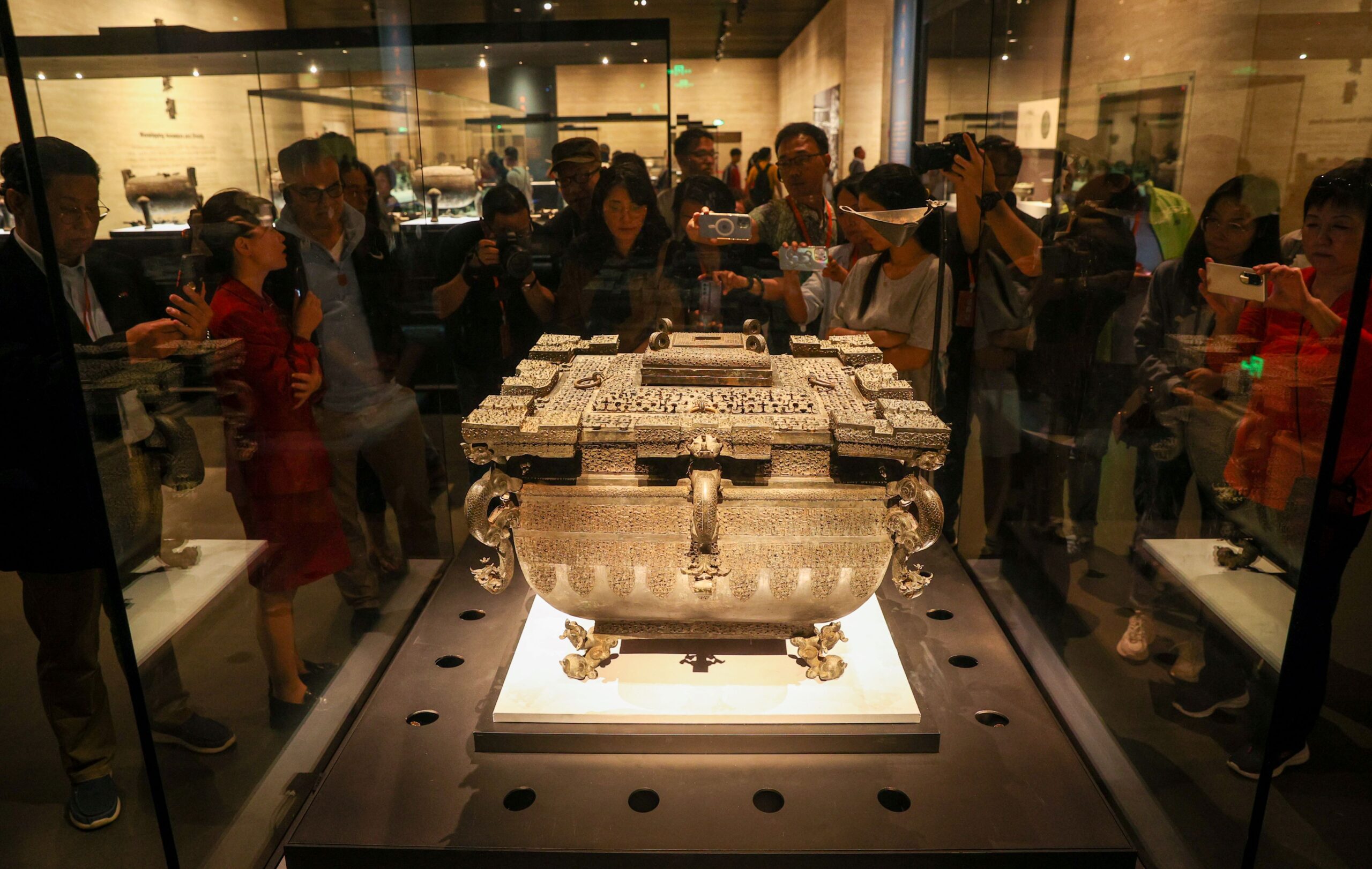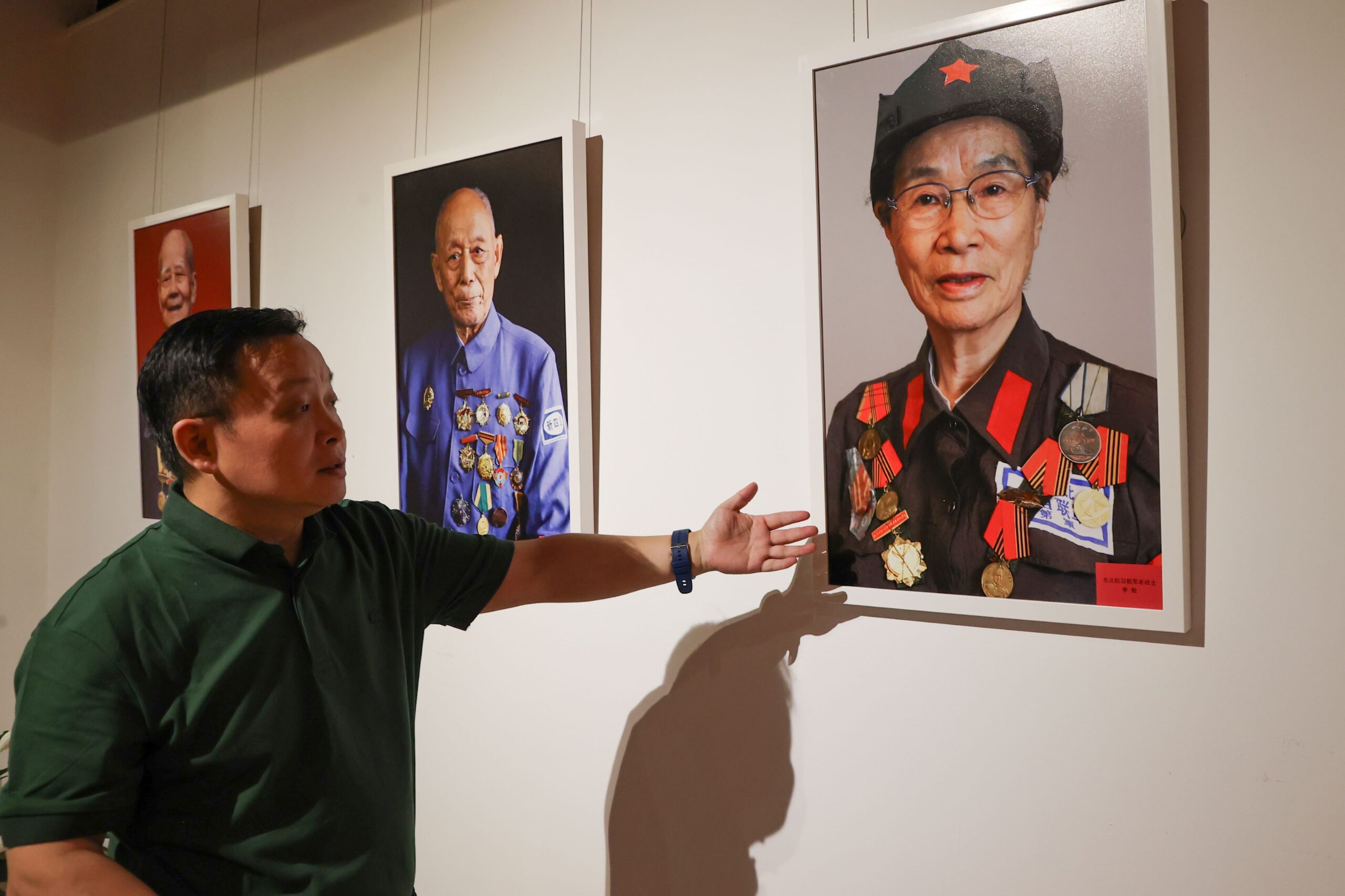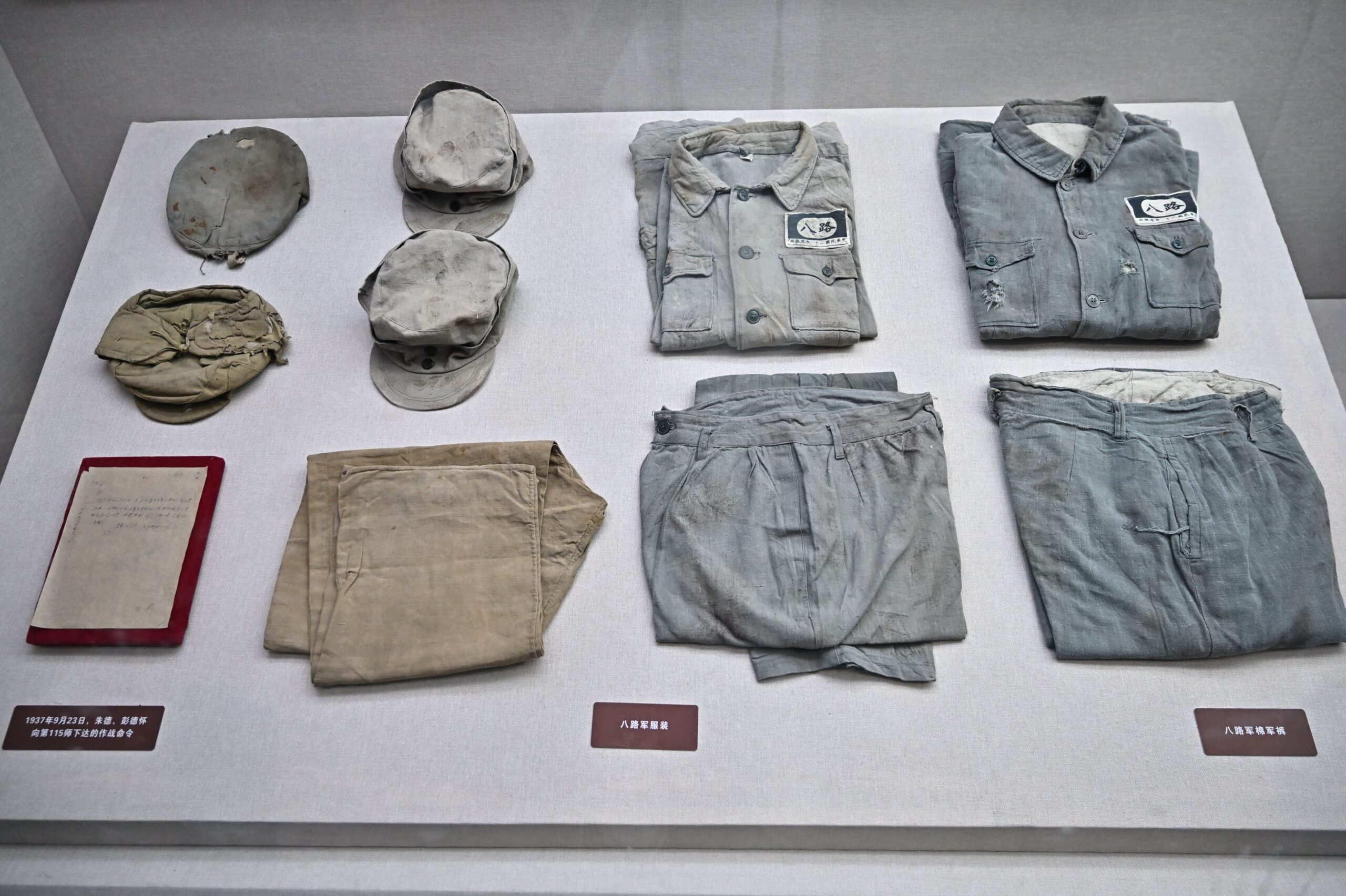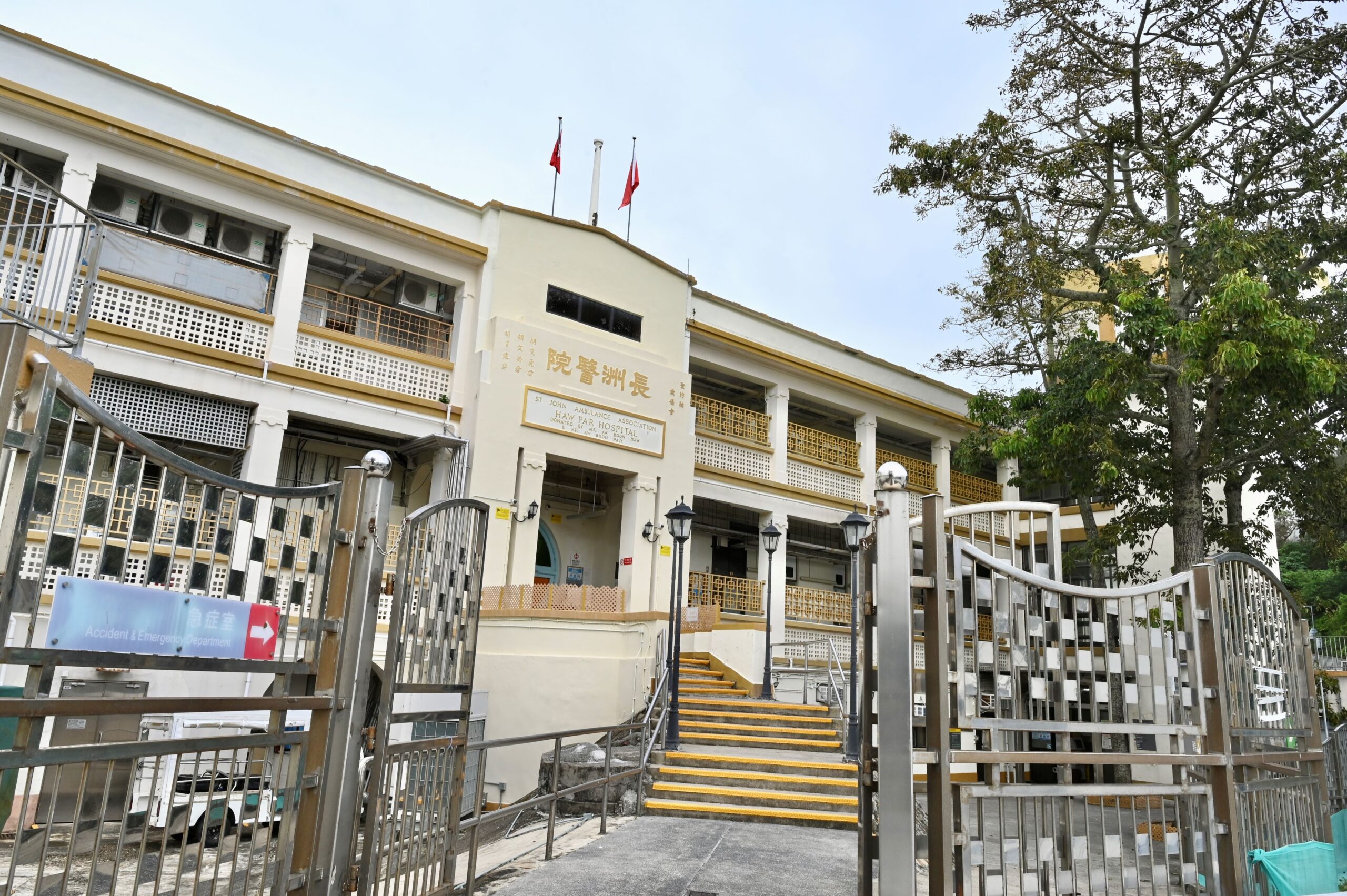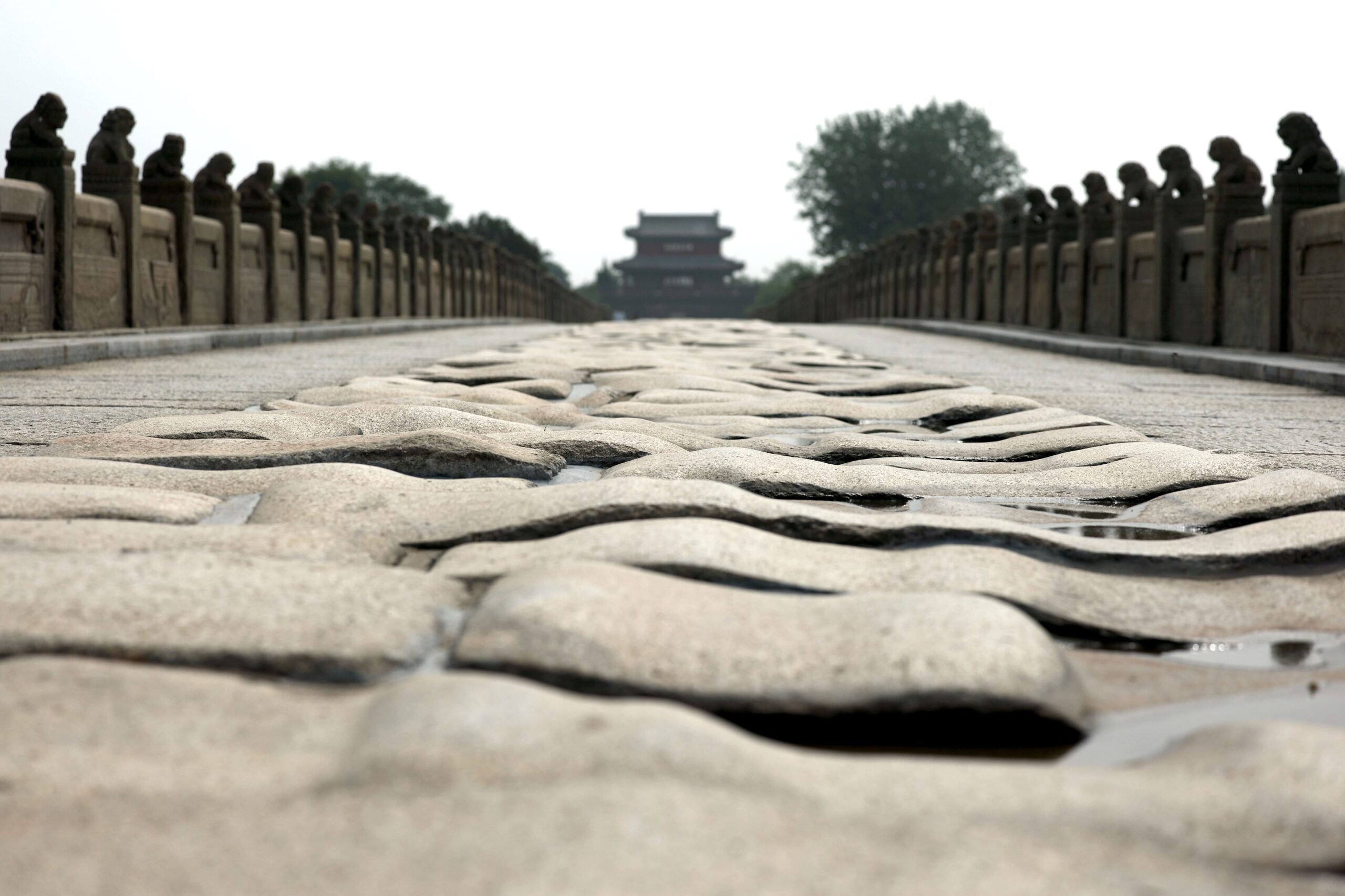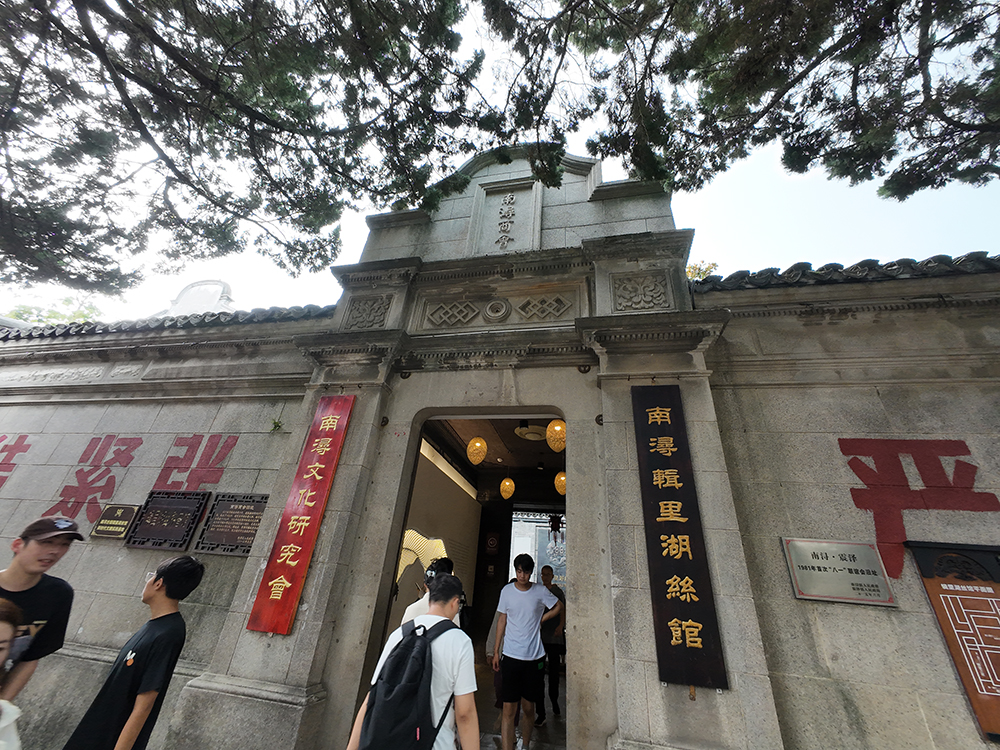Discover how people in ancient China kept cool during hot summers using natural materials, underground ice storage, and early frozen treats.
Today, air conditioners and iced drinks are essential for summer. But how did people in ancient China stay cool without modern technology?
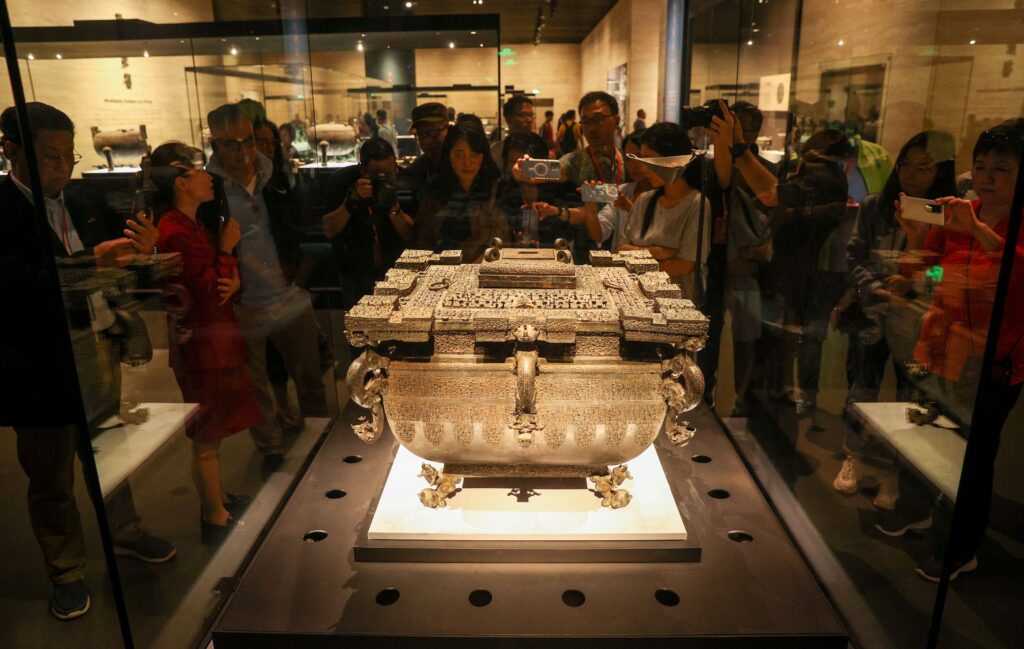
Jian and Fou: An Ancient “Refrigerator”
As early as the pre-Qin period (before 221 BCE), Chinese nobles would collect ice during the winter. They stored it in underground cellars and used it to cool off during the summer.
At the Hubei Provincial Museum, a bronze container called Jian and Fou draws much attention. This ancient “refrigerator” could both heat and cool. “In summer, people put ice inside to chill wine,” said Jiang Xudong, a researcher with the Museum. It’s a smart design that shows ancient ingenuity.
Natural Ways to Stay Cool
Ancient people made full use of materials with natural cooling properties. Porcelain pillows, bamboo fans, and bamboo mats were known as the “three summer treasures.”
In 1982, archaeologists unearthed a lacquered bamboo fan from the Warring States period (475–221 BCE) in a tomb in Hubei. It is the oldest and best-preserved colored bamboo fan ever discovered in China.
Moreover, to escape the heat, people often built their homes near mountains or rivers. The combination of flowing water and natural airflow created cooler indoor spaces—like an early version of air conditioning.
Cool Drinks and Summer Treats
Seasonal fruits and chilled drinks were also part of summer life. Professor Wang Hongchao from Shanghai Normal University notes that dairy products appeared in China as early as the Tang Dynasty (618–907 CE), influenced by neighbouring nomadic cultures.
People made refreshing summer drinks like frozen yoghurt and milk tea. They also chilled dishes using dairy or sugarcane syrup, creating cool and delicious treats.
Some say that early Chinese frozen desserts inspired ice cream in Europe. It’s even believed that Marco Polo may have brought these ideas back from China, influencing the invention of modern ice cream.
Written by Chen Wang, additional reporting by CNS.
If you liked this article, why not read: Taste Chinese Culture: When Ice Cream Meets Cultural Relics

